Parents may believe their school-aged child has attention deficit hyperactivity disorder (ADHD) when they notice them struggling to focus on tasks or in class. Have trouble focusing on their homework? Do they have trouble sitting still and are fidgeting? Having trouble making or keeping eye contact? These are all signs of ADHD.
These signs align with what most people believe the typical neurodevelopmental condition to be like. Even many medical professionals might go toward that conclusion. ADHD, though, might not be the sole solution.
It is important to comprehend how ADHD and autism might be mistaken for one another and when their symptoms overlap before making an ADHD diagnosis.
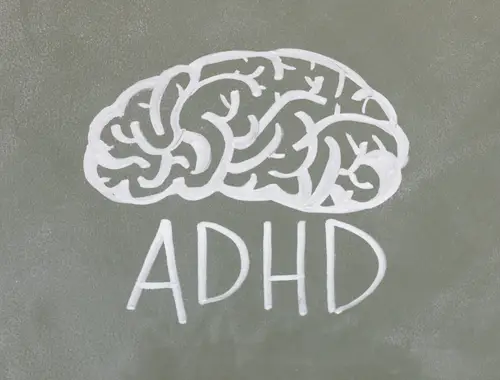
What is ADHD?
Attention-deficit hyperactivity disorder (ADHD) is a common mental disorder affecting children. It is often first identified in adulthood and frequently lasts into maturity.
- Children with ADHD may have trouble being overly active, concentrating, and controlling impulsive behaviors (behaving without thinking about the consequences).
ADHD symptoms often appear early in life, frequently before age 12, and change over time.
- These symptoms include inattention, impulsivity, disorganization, restlessness, overactivity, lack of focus, behavioral control trouble, and others.
Scientists are examining the cause(s) of and risk factors for ADHD to lower the likelihood that someone would get it
- and improve management.
- Modern research indicates that heredity plays a significant role in ADHD, even though the cause(s) and risk factors are unknown.
Diagnosing whether a child has ADHD is a multi-step process. The symptoms of many other conditions, including depression, sleep issues, anxiety, and specific types of learning difficulties, are similar to those of ADHD, which can not be diagnosed with a single test.
- A medical checkup, including vision and hearing testing, is one stage in the procedure to rule out conditions that have signs similar to ADHD.
- ADHD is often diagnosed using a checklist for grading symptoms and receiving a medical history from the child’s parents and occasionally the child themselves.
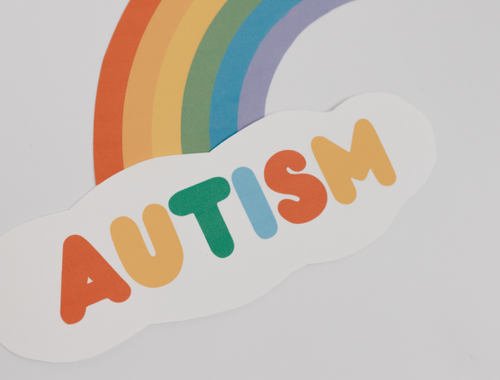
What is Autism?
Previously known as autistic disorder, Asperger’s syndrome, or pervasive developmental disorder not otherwise specified, autism spectrum disorder, or ASD, affects a person’s social and emotional abilities and nonverbal communication.
- Variations in the brain lead to developmental disability, an autism spectrum disorder (ASD).
- It is crucial to remember that some individuals without ASD may also experience some of these symptoms.
- However, these traits can make life very difficult for those with ASD.
It is well-recognized that there are numerous subtypes of autism, most of which are impacted by a confluence of hereditary and environmental variables.
- Autistic people have unique strengths and difficulties because autism is a spectrum disorder. As a result, individuals with autism have a wide range of learning, reasoning, and problem-solving abilities, from highly proficient to severely disabled.
- While some people with ASD may require a lot of daily care, others may require a little assistance and, in some cases, may even be able to live independently.
Similarities Between ADHD and Autism
Given the striking similarities between Attention Deficit Hyperactivity Disorder (ADHD) and Autism Spectrum Disorder (ASD), some kids might find it challenging to receive a proper diagnosis.
- There is about a 1 in 5 chance that a child with autism has also been diagnosed with ADHD, but the two illnesses don’t seem to have a direct connection to one another.
- More than half of all people with an Autism diagnosis also exhibit symptoms of ADHD.
- The most prevalent comorbid disorder in kids with Autism is ADHD. On the other hand, up to 25% of kids with ADHD also exhibit low-level ASD symptoms, such as trouble with social skills or heightened sensitivity to garment textures.
Autism and ADHD are both neurodevelopmental conditions (brain development has been affected in some way). As a result, both ailments/disorders impact the central nervous system, which is in charge of functions including speech, memory, social interaction, and focus. In addition, the two disorders frequently coexist, as evidenced by several scientific investigations, although their causes are still unknown.
Brain development has been impacted in some way by Autism or ADHD. Most significantly, that comprises executive functioning, in charge of impulse control, decision-making, time management, focus, and organizational abilities. Many kids also impact social skills. Boys are more likely to have both ADHD and Autism.
Both ailments appear to be inherited and tend to run in families. Additionally, they share some traits, notably those frequently associated with ADHD. A few of these are:
- Problems with settling down or fidgeting.
- Impulsiveness.
- Hyperfocus, or intense concentration only on interesting topics.
- Social discomfort.
FAQs:
Can ADHD be mistaken for autism?
In the earliest stages, it is common for ADHD and ASD to be misread for the other. Both conditions can make it difficult for kids to focus and communicate. Despite certain similarities, they are still two separate conditions.
Are ADHD and autism the same?
ADHD and autism spectrum conditions are connected in several ways. Despite not being on the autistic spectrum, ADHD shares several symptoms with autism. Additionally, the likelihood of getting one of these disorders increases if you have the other. The way that experts view the connection between autism and ADHD has altered.
Can ADHD mask autism?
Compared to people with autism, it is more typical for those with both disorders to receive the autism diagnosis much later, likely due to ADHD symptom presentations masking Autistic behaviors.
What sets autism Apart from ADHD?
Children who have ADHD struggle with sustained attention and may easily become distracted. Children with autism may have narrow interests. They could appear to become fixated on activities they find enjoyable and struggle to concentrate on activities they find boring.
Hyperactivity, impulsivity, and inattention are typical symptoms of ADHD, a neurodevelopmental disease. Another neurodevelopmental disorder is autism. However, this is distinguished by difficulties with social abilities like speech, social interaction, and repetitive behavior.
What are the 3 main symptoms of autism?
When a young child has autism, they may not respond when called, avoid making eye contact, and if they dislike a certain taste, smell, or sound, they become extremely upset.
Can ADHD meds help with autism?
Medications for ADHD have been shown in clinical tests to be helpful in conjunction with autism spectrum disorder (ASD). However, current research is based on small clinical studies mostly conducted on children or teens.
What is ADHD stimming?
When a kid or adult engages in a self-stimulatory activity, also known as “stimming” or “fidgeting to focus,” they do this to comfort themselves or to remain engaged in a scenario. Many people think that only those with autism engage in self-stimulatory actions. This stimming entails behaviors like biting one’s nails, licking one’s lips, and chewing on items.

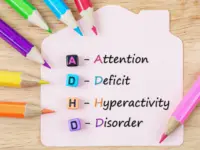
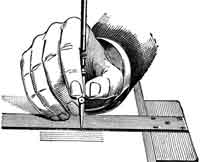
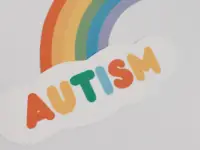

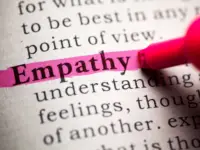
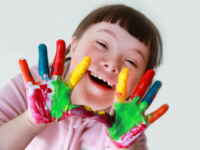





Leave a Reply